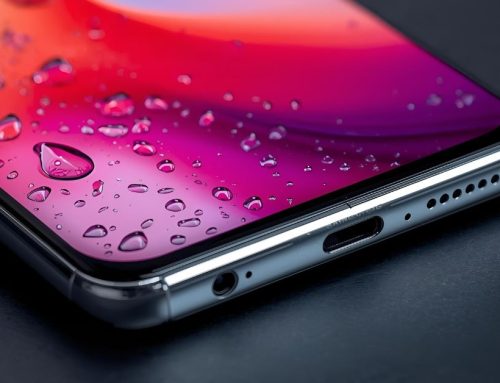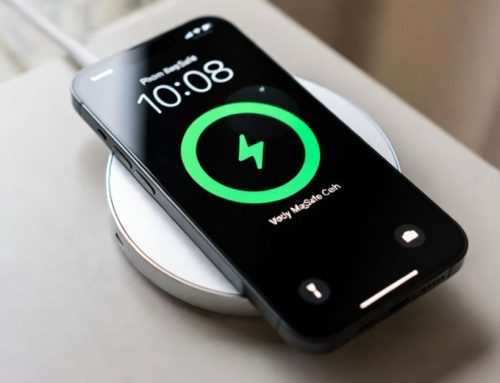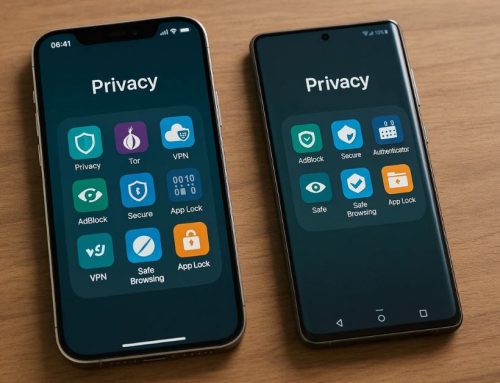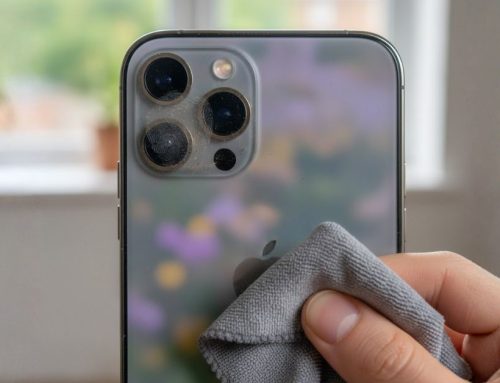OLED screen burn-in is a common concern for users who value the vivid colors and deep contrasts of OLED displays. While these screens offer exceptional image quality, they’re also vulnerable to permanent damage when static images remain on display too long. Understanding the causes and early signs of OLED screen burn-in can help you take proactive steps to protect your device. From adjusting brightness settings to rotating on-screen content, simple prevention techniques can significantly extend your screen’s lifespan. In this guide, we’ll explore practical strategies to safeguard your OLED screen from burn-in and ensure it stays in top condition.
The Science of OLED Burn-In

Understanding the science behind OLED burn-in begins with recognizing that prolonged exposure to static images can lead to permanent damage on your screen. At the core of this issue are the organic compounds that make up the pixels in OLED displays. These compounds emit light when electric current passes through them, enabling the rich, vibrant colors and deep blacks you love. However, these organic materials are susceptible to degradation over time, especially when the same image elements are displayed continuously. This degradation affects display longevity, leading to uneven wear among pixels. Burn-in, then, is the result of this differential wear, manifesting as ghostly remnants of static images.
Common Causes and Effects of OLED Screen Burn-In
OLED screen burn-in often results from displaying static elements—like logos, icons, or tickers—for long periods. These fixed visuals cause uneven wear in the organic compounds that power OLED pixels, leading to permanent image retention. While temporary image retention may disappear, it can signal early stages of burn-in. Preventive steps like rotating content, using screen savers, and enabling dark mode help reduce the risk. Awareness of these causes allows users to protect their screens. Even with newer OLED models, proactive care remains essential to preserving screen quality and longevity.
Burn-In Vs. Image Retention

Though both involve static images, OLED screen burn-in and image retention differ significantly. Burn-in is permanent, leaving lasting marks from static elements like logos. Image retention, however, is temporary and fades over time, posing less risk. Understanding this distinction is key to screen care. OLED screens are more prone to burn-in than LCDs, making awareness vital. Knowing retention is harmless can ease concerns, while early signs of burn-in guide you towards necessary preventive steps to protect your display.
Effective Prevention Techniques
To effectively prevent OLED screen burn-in, it’s crucial to implement a combination of strategies, including adjusting screen settings and utilising built-in features designed to minimize the risk. Techniques like pixel orbiting and localized dimming play a pivotal role in reducing burn-in risks by dynamically adjusting pixels to distribute wear evenly, enhancing screen longevity. Incorporating screen shift and panel refreshing further equalises wear, preventing image retention. You should also adjust brightness, use screensavers, and vary the content displayed to mitigate risks. Following manufacturer guidelines, avoiding prolonged static images, and leveraging eco modes are essential for OLED maintenance.
Advanced Screen Care Technologies

When it comes to preventing OLED screen burn-in, advanced display technologies like heat dissipation are key to protecting screen quality and extending device lifespan. Premium OLED models—such as Panasonic’s 2000 series and LG’s G2 series—feature built-in heat sink technology that enhances cooling and thermal regulation. This innovation plays a vital role in reducing the risk of OLED screen burn-in, especially during prolonged use. Sony’s A90J OLED line also leverages heat sink systems to boost both screen durability and overall image performance. As manufacturers continue to innovate, heat dissipation is becoming a standard feature designed to combat OLED screen burn-in and preserve long-term display quality.
Frequently Asked Questions
What is OLED and why do people worry about OLED burn-in?
OLED, which stands for Organic Light-Emitting Diode, is a display technology used in devices like TVs and monitors. People often worry about OLED screen burn-in because prolonged display of static images can cause permanent image retention on the screen.
How can I prevent OLED burn-in on my OLED TV?
To prevent OLED burn-in, you can avoid displaying static elements for long periods of time, use features like pixel refreshers, and be cautious with logo or HUD elements on the screen.
Do all OLED TVs suffer from burn-in issues?
While OLED technology is susceptible to burn-in, newer OLED models from reputable brands like LG, Samsung, and Sony incorporate features to mitigate the risk of burn-in.
What are the common causes of OLED burn-in?
OLED burn-in can be caused by leaving static images on the screen for extended periods, repeated use of the same UI elements, and failure to utilise pixel refreshing functions.
Are there specific OLED TV brands known for addressing OLED screen burn-in concerns?
Brands such as LG with their C2 series of OLED TVs are known for implementing anti burn-in measures like screen shifting and pixel refresh to reduce the likelihood of burn-in.
Should I be concerned about burn-in when using my OLED TV for gaming?
If you display static elements associated with gaming, there’s a good chance your OLED TV may be at risk for burn-in. Utilise features like pixel refresher and avoid prolonged display of static images.
Do all TV manufacturers include burn-in prevention features in their OLED models?
While most OLED TV manufacturers include features to prevent OLED burn-in such as pixel shifting and screen savers, it’s important for users to implement proper usage habits, like avoiding static images for extended periods, to further minimise the risk.






